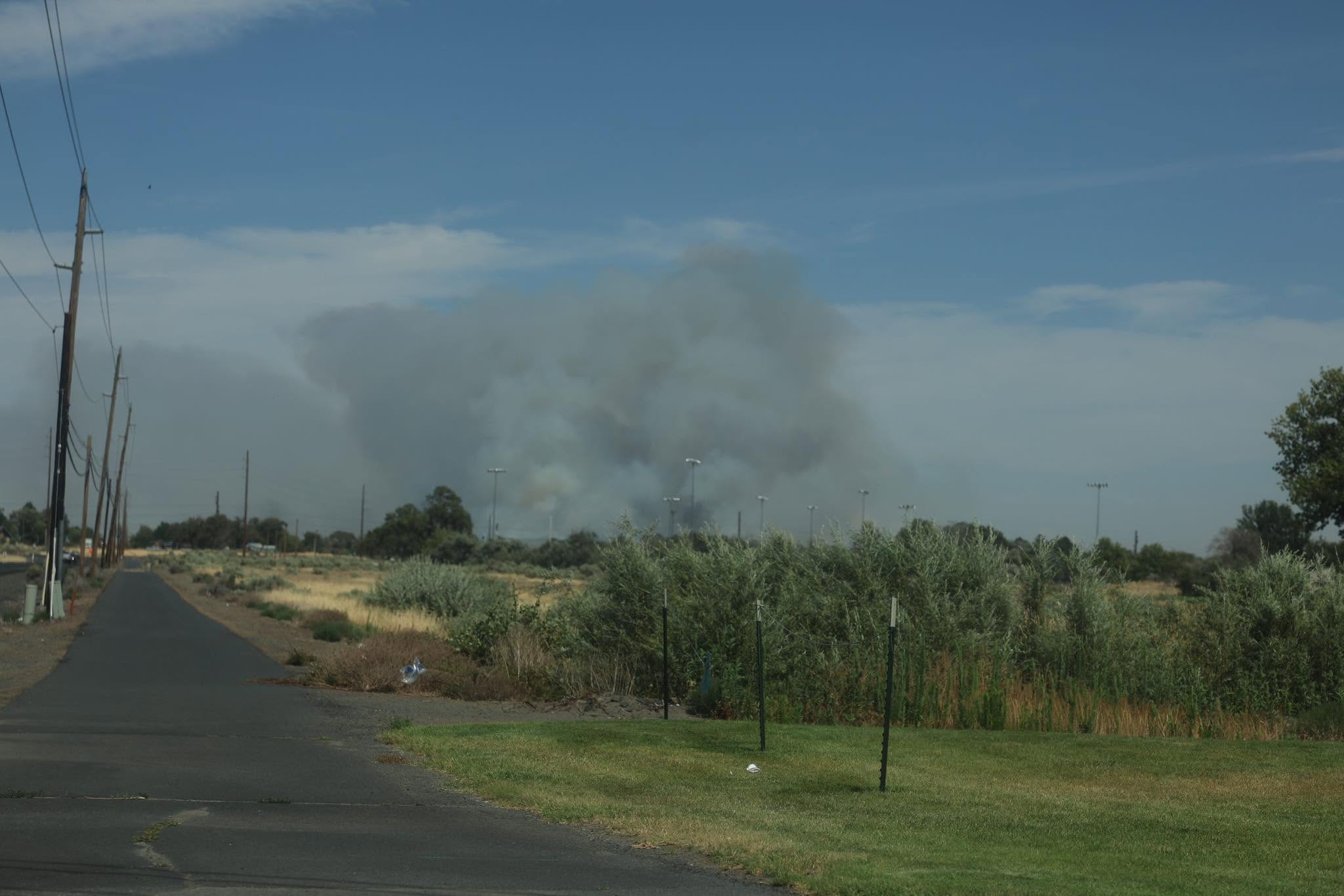Eastern Oregon development bills make headway
Published 9:15 am Tuesday, May 21, 2019

- Rep. Marty Wilde
Two bills easing homebuilding and industrial development outside urban growth boundaries in parts of Eastern Oregon recently won approval in the House.
Ten counties in Eastern Oregon could each slate up to 10 sites totaling 50 acres for “industrial and other employment uses” outside UGBs under Senate Bill 2, which passed the House 53-5 on May 17 after clearing the Senate in February.
Representatives from Eastern Oregon praised the bill for allowing greater land use flexibility in a part of the state that’s often lagged behind in economic development.
Before making zoning changes, an economic opportunity analysis would first be completed by the affected counties: Baker, Gilliam, Grant, Harney, Lake, Malheur, Sherman, Union, Wallowa and Wheeler.
Rep. Brian Clem, D-Salem, said the bill will resolve the longstanding question of whether job growth in rural areas is inhibited by Oregon’s land use system, which is intended to protect farm and forestland while focusing growth within cities.
“This is about a 40-year-old festering issue that we really need to get an answer to,” Clem said.
House Bill 2456, which relaxes rules for residential development along a stretch of Oregon’s border with Idaho, passed the House 37-20 on May 16 and will now be considered in the Senate.
Under that legislation, up to 100 2-acre parcels per county could be created outside UGBs within the Eastern Oregon Border Economic Development Region.
Such development wouldn’t be allowed on farmland with higher-quality soils rated I, II, and III or that’s been used for agriculture within three years, among other restrictions.
Clem said he wouldn’t vote for the bill due to the precedent it could set for other regions in Oregon that face pressure to build housing in picturesque areas.
“I don’t know how to say no to the next county that wants to sell view homes to get more property taxes, particularly in the Columbia Gorge,” he said.
The minimum 2-acre parcel size required under the bill would actually lead to construction of expensive, rather than affordable, housing, said Rep. Marty Wilde, who complained the development will also increase wildfire risk.
“We should not be a prisoner in Oregon to Idaho’s land use mistakes,” he said.
Burgeoning home construction on the Idaho side of the Snake River was cited by HB 2456’s proponents to contrast with weaker economic development in nearby Oregon.
“The growth is exploding in one side of the river and it’s stagnant and vacant in the other side of the river,” said Rep. Lynn Findley, R-Vale. “Due to the lack of housing available, many people end up living in Idaho while working in Oregon, critically hurting our tax base.”
However, the bill contains protections for farmland, such as rezoning proposals requiring landowner approval and evaluation by a review board, he said.
“Malheur County does not want to be or look like Idaho when it comes to housing,” he said.









